English
Discover Traditional Arts Made by Tokushima’s Local Craftsmen
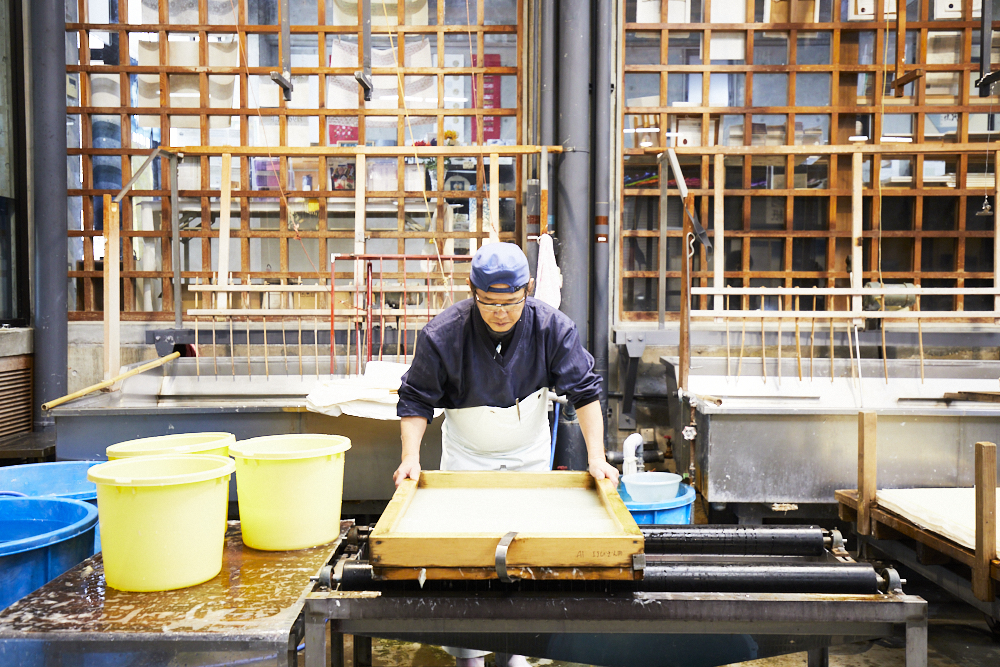
From indigo fabrics to lacquerware to delicate papers, Tokushima’s material culture is as rich and varied as its geography. Its craft mediums in their present form are sustained by centuries of tradition. Whether you’re a history buff or simply have an eye for design, Tokushima is rife with hands-on opportunities to take part in a time-honored heritage.
Ichikawa: Yusanbako
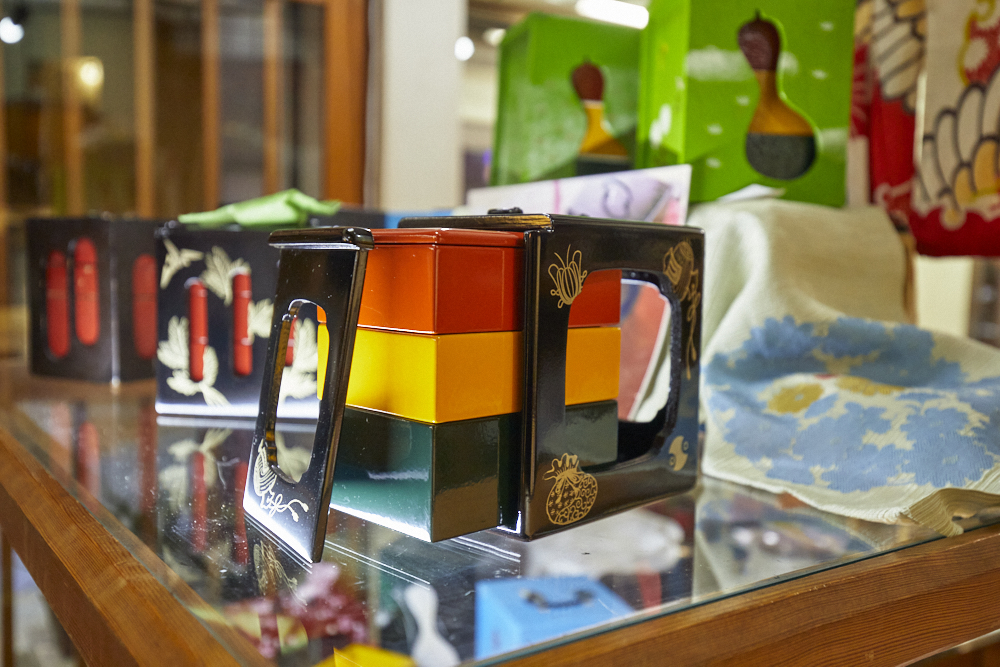
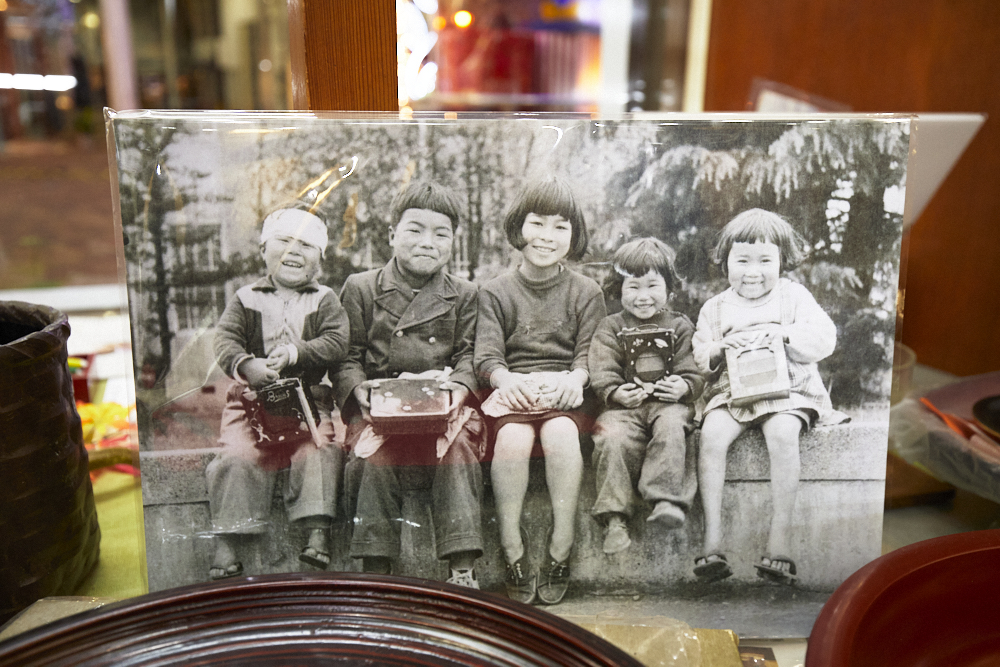
Hina Matsuri is historically a girls’ holiday. But in Tokushima, a month after March 3, all children fill their yusanbako with treats and find a spot outdoors to eat and play until nightfall. A yusanbako is a sort of lacquerware bento box for these springtime picnics, small enough to hold in your palm. When the children come home with their empty boxes, the yusanbako are repacked with delights like sushi rolls and agar jelly, though these usually aren’t eaten.
April 3 marks the first day of spring farming, and it seems that the annual picnic is deeply connected with patterns of rice cultivation. It’s said that the gods of the fields and mountains where the children play come to join them on this day.
The oldest yusanbako are from the Edo period, and despite their deep association with the spring festivity can be used for anything from lunch to jewelry. At Ichikawa, a third-generation shop in Tokushima, the boxes are handmade by craftsmen in Japan, so each product undergoes a unique process of wood processing and painting. Not only do Ichikawa’s yusanbako balance quality, beauty and affordability, but they also offer custom designs and engravings, making them wonderful and personal gifts for little ones and for special occasions.
When: 10am–7pm, Mon-Tue, Thu-Sun; Closed Wed
Where: 1-1 Kagoyamachi, Tokushima City, Tokushima Prefecture
More info: https://en.ichikawa-yusanbako.com
Awagami Factory: Awa Washi
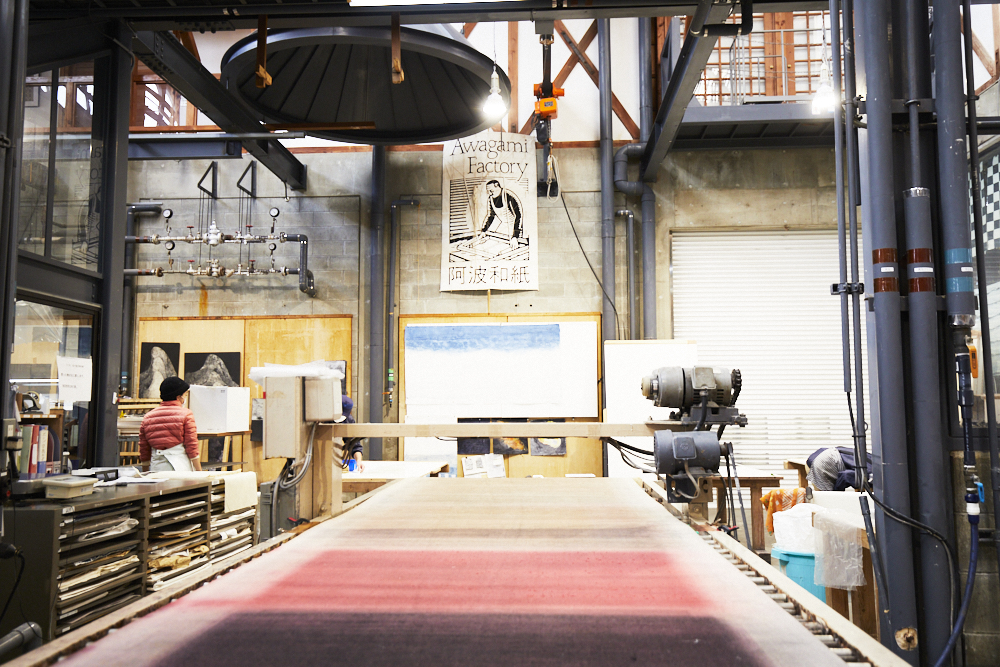
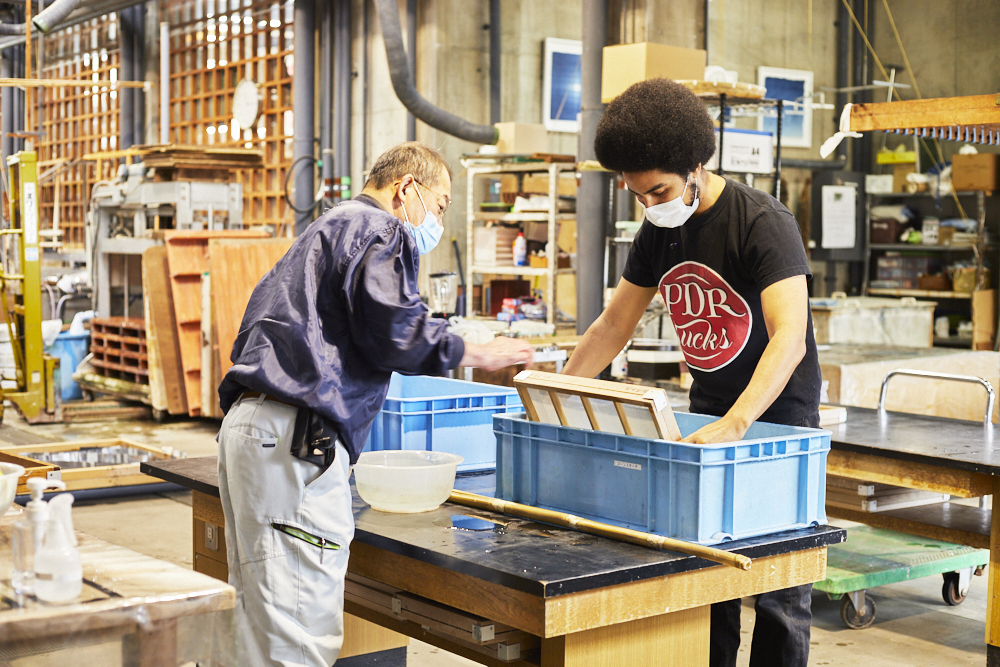
Papermaking in Tokushima is a little different than in the rest of Japan. Tokushima’s Awa washi is uniquely thick and large in area, with the biggest handmade sheets stretching around four meters in length. It takes three to four days to make a piece of paper this size; with the dying, processing and drying, making Awa washi can be incredibly timely. But all of this contributes to its great beauty and appeal. The rich dyes and sturdy texture make the material highly coveted among career artists across the globe.
Awagami Factory is a sanctuary of sorts for artists, designers and photographers to source their paper. Not only can you purchase paper-mâché and origami trinkets, Awa washi art, indigo paper and jewelry at the factory – there is also an artist in residence program concerning dyes and papermaking; a one-month university course for foreign exchange students; an extensive library; and craft workshops for the general public. The factory has access to an abandoned school which they use for their bigger projects, like workshops with locals for tree bark weaving and spinning thread from washi. If you're an art lover, the second-floor gallery space holds a massive collection of paper art, though various exhibitions circulate through the venue.
The factory is about a 20-minute walk from Awayamakawa Station, but many visitors opt to travel by rental car.
When: 9am–5pm, Tue-Sun; Closed Mon (closed Tuesday if Monday is national holiday)
Where: 141 Kawahigashi, Yamakawa-cho, Yoshinogawa City, Tokushima Prefecture
More info: https://awagami.com/
Ai no Yakata: Indigo
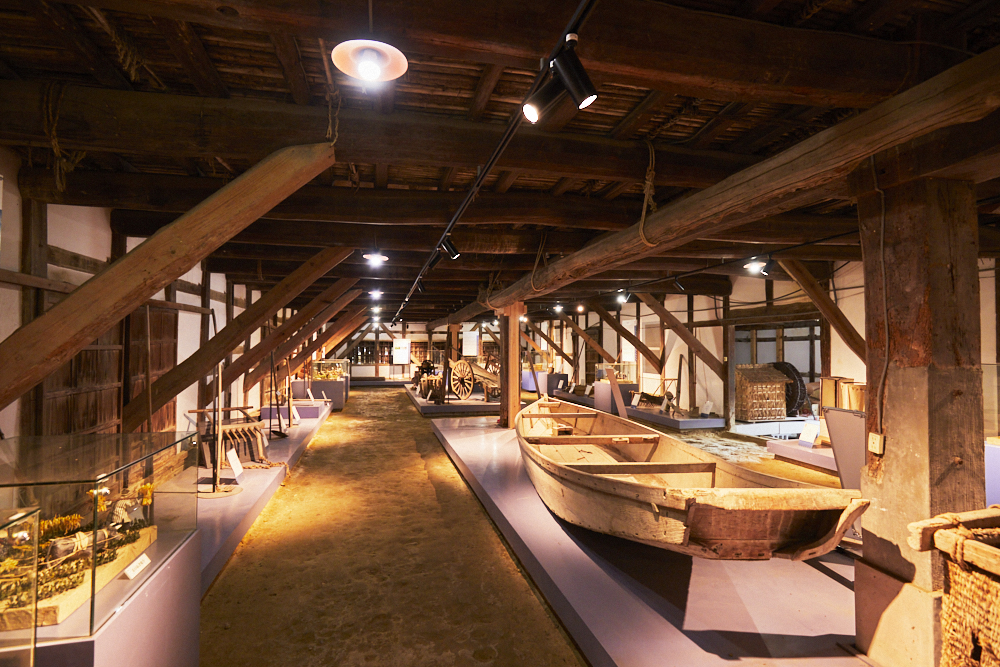
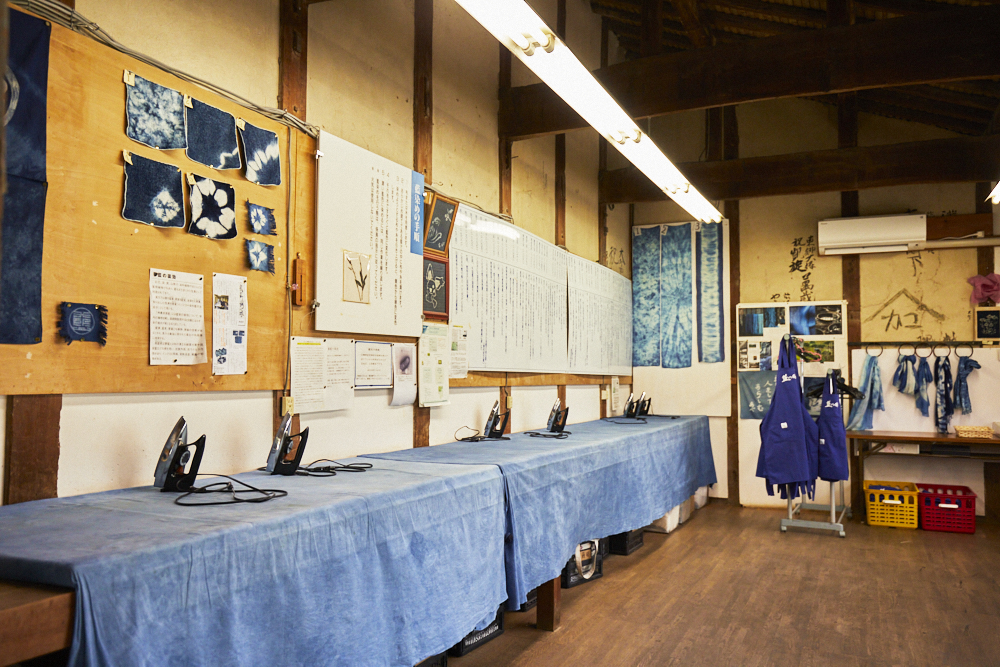
This factory in Aizumi Town was formerly the mansion of the Okumura merchant dynasty. One of its functions is as a museum for the time-worn history of indigo in Tokushima, showing Okumura family documents and indigo folk objects and even detailing the very origins of Awa indigo in the Heian period, when Awa's Inbe Clan started cultivating the plant in the mountainous regions – as well as the details of growing indigo, from the cultivation of indigo leaves to protective measures against insects and cold.
There’s also a studio space where you can try your hand at dyeing not only shirts and fabric but also woven bowls and other fun items. You will employ a traditional method of natural lye fermentation, with an aromatic cauldron of dye. Historical displays and workshops are English-friendly. These make for stunning, one-of-a-kind souvenirs – and there are even edible indigo products up for purchase, like herbal tea and hard candy of that unmistakable deep hue. You can even enjoy indigo leaves as a topping for salads and soups.
When: 9am–5pm, Wed-Mon; Closed Tue, the 28th Dec- the 1st Jan
Where: 172 Tokumei Maezu-nishi, Aizumi-cho, Itano-gun, Tokushima Prefecture
More info: https://discovertokushima.net/en/culture/museums_history/aizumicho-historical-museum-ai-no-yakata/
